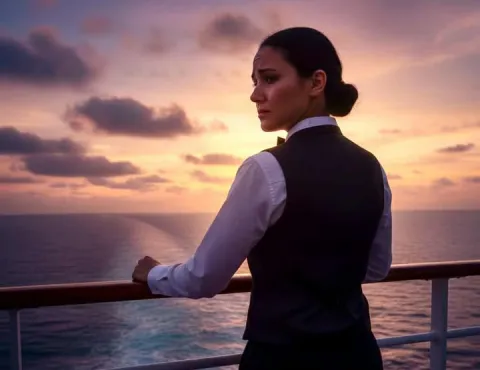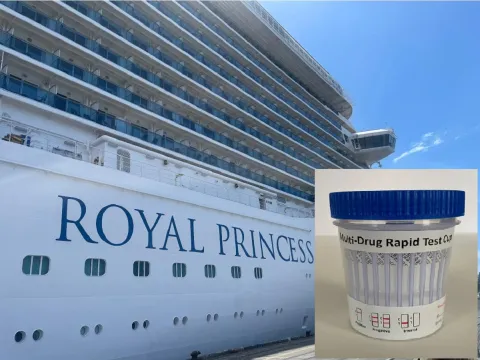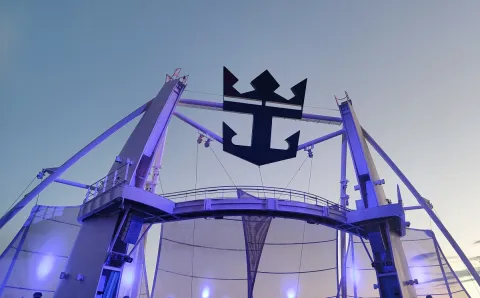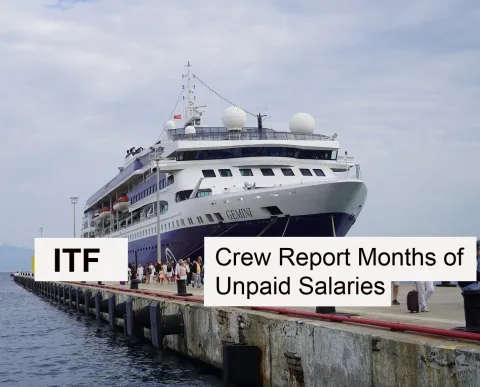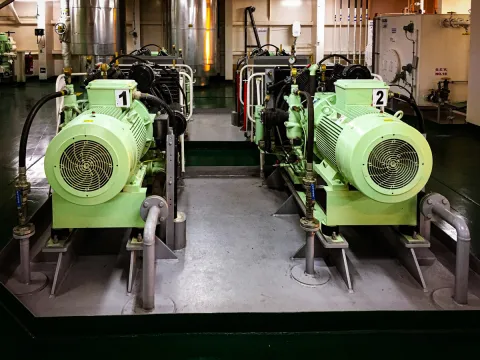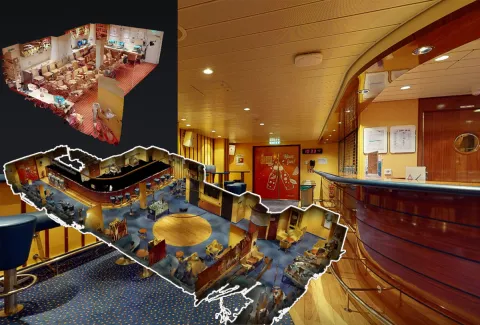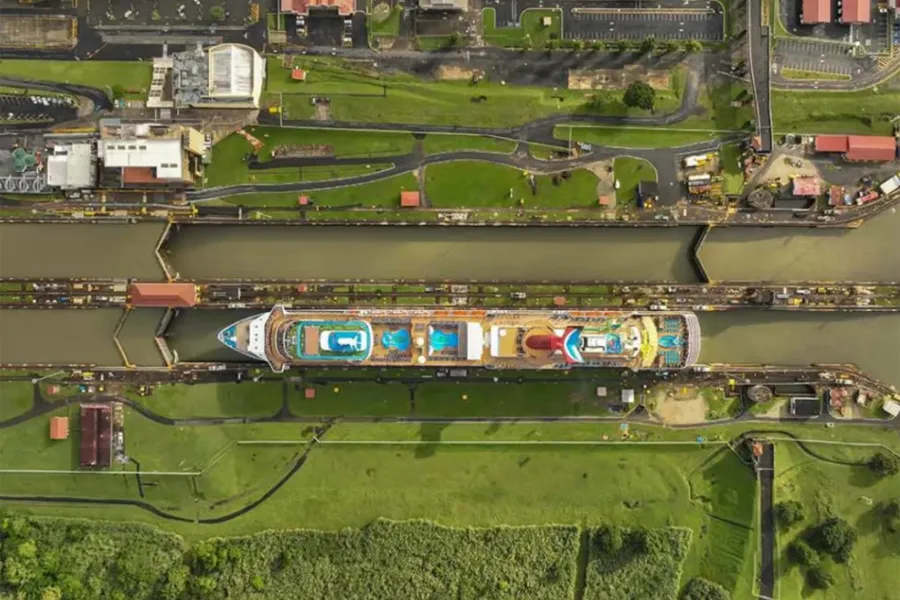
Carnival Spirit officially kick-started the 2022-2023 Panama Canal cruise season this week, as it became the first cruise ship to pass through the iconic waterway. The cruise ship departed Seattle, Washington on September 20 for a 16-day voyage, during which the ship sailed along the Pacific coast to Mexico and Costa Rica. Carnival Spirit left the Pacific side of the Panama Canal on October 2nd and is now on its way to Miami. Carnival Spirit is expected to arrive tomorrow morning, October 6th.
Over 200 cruise ships are expected to cross from the Atlantic to the Pacific Ocean, or vice versa, between now and the middle of next year. A cruise through the Panama Canal is an item for many people and is one of the most popular cruise ship destinations around the world.
The passage of the 2,680 Carnival Spirit marks the beginning of a busy season for cruise ships in the area. More than 200 cruise ships are expected to pass through in the coming months, 17 more than in 2019, and the season won't slow down until May next year.
"We expect a record number of Neopanamak ship transits this year, which will help boost Panama's tourism sector," said Albano Aguilar, international trade expert at the Panama Canal. "Given our role in international trade, we are thrilled to welcome visitors from around the world to experience the Panama Canal firsthand and discover what our country has to offer."
Cruise ships expected to pass through the Channel this season include ships from most major cruise lines and include Norwegian Joy, Celebrity Edge, Caribbean Princess, Emerald Princess, Carnival Freedom, Ruby Princess, Carnival Glory and Carnival Freedom.
The largest cruise ship to transit the Panama Canal will be the 169,116 gross ton Norwegian Encore Breakaway-Plus class, which will make the passage on two separate occasions.
Although the Panama Canal encountered enormous obstacles during its construction, the waterway has been a major attraction for millions of people since the first passenger ship passed through the canal in 1914. Its construction meant that ships would no longer have to take the dangerous and lengthy route around the Cape Horn.




